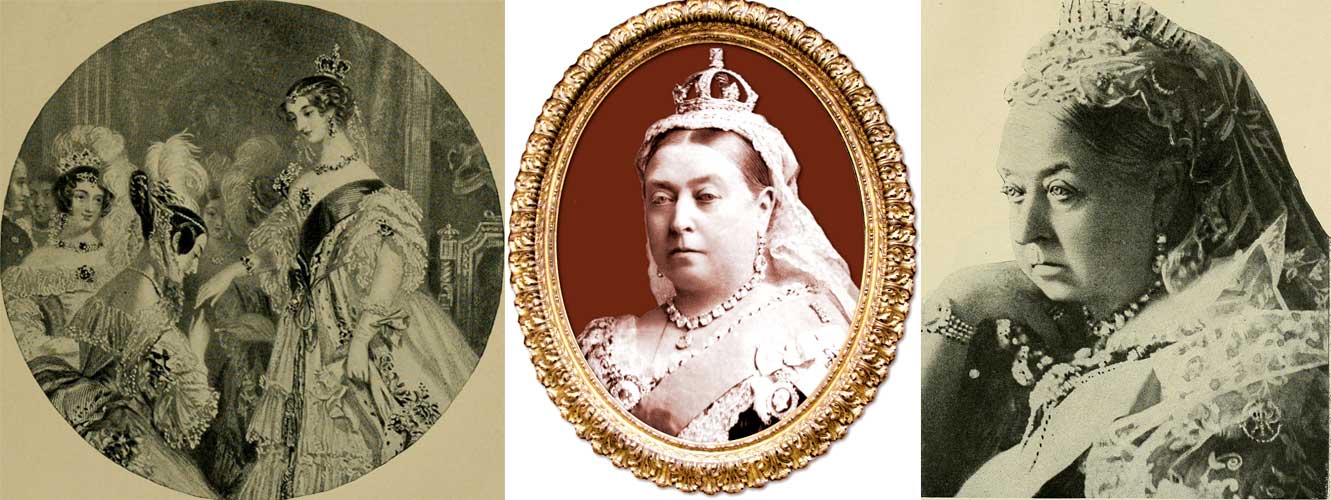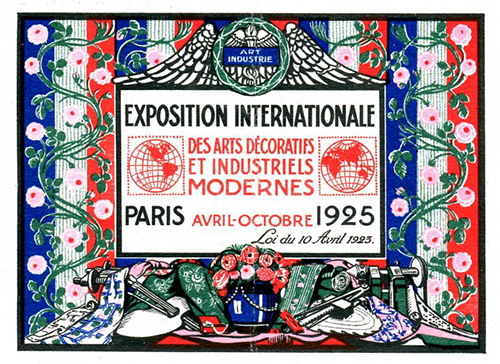Decorative objects for personal adornment exist in almost all cultures around the world. They may not always have common characteristics, but jewellery reflected the social, political, and economic status of each country as well as the social and economic status of those who wore them. After the Renaissance, precious gemstones came back into fashion and jewellery gained more color and intensity. During that period, unknown deposits of gold, silver, and platinum were discovered in South America, while scientific discoveries allowed easier and better processing of precious metals. Finally, the increased wealth in several European countries created new social groups that wanted to show off their new position in society with the most expensive and extravagant jewellery.
Victorian jewellery (1837-1901), along with the entire era, is named after Queen Victoria, who was very fond of jewellery and significantly influenced jewellery making in Great Britain during her reign.
Victorian jewelry is divided into three periods: Early Victorian, Mid Victorian, and Late Victorian, and each period had its own distinctive characteristics in accordance with the social and political characteristics, but romantic and nature-inspired designs were present in jewellery throughout the Victorian period.

A bejeweled Queen Victoria throughout her life. Source: Public Domain
The Early Victorian Period is the most romantic period in Victorian jewellery. Queen Victoria is a newlywed and very much in love with her husband and her jewellery of the time bear motifs such as hearts, knots, and hands holding each other, symbolizing an eternal bond between two people. Another distinctive design of this period is the so-called "hair jewellery", i.e. jewels that carry a tuft of hair. It is usually a locket talisman that had a small lock of a loved one's hair hidden inside. In addition, designs inspired by Ancient Greece, Ancient Egypt, and the Roman Empire appeared during this period, along with cameos, which were one of Queen Victoria's favorite jewellery.
The mid-Victorian era, also known as the Grand Period, began with the death of Prince Albert in 1861 and lasted until 1885. This period has been characterized as the golden years of Great Britain due to the country's great economic development, and the jewelry of the Grand Period reflects this increased wealth. An important element of the period was the Queen's mourning after the death of her husband, Prince Albert. In the royal court of Great Britain, memento mori jewellery, i.e. memorial mourning jewellery, was mandatory. Jewellery in black was one of this period's characteristics with black onyx and black enamel taking center stage.
The Late Victorian or Aesthetic Period lasted from 1885 until the death of Queen Victoria in 1901. Jewellery designs of this period was a reaction to the grand and often mournful jewellery that had prevailed in earlier years. Late Victorian-era jewellery was more subtle and small in size (but never in value) to match the new, more liberated, lifestyle of women. During this period, Etruscan and Egyptian themes, as well as motifs from the Far East, are revived.
Art Nouveau or New Art is the name given to the period between 1885 and 1910 in France. As a reaction to the grand jewellery of Britain's Grand Period, it introduced a more delicate design to jewellery making. Enamel occupies an important place in Art Nouveau jewelry, giving the jewelry of the period impressive colors. The period's themes are inspired by nature with plants, animals, and insects taking center stage.
It lasted from 1901 to 1910, during the reign of Edward VII in Great Britain. Characteristic designs of this era are Garlands and ribbons, laurel wreaths, bows, tassels, and lace. Platinum dominated jewellery during the Edwardian period, as technological advances in the early 20th century allowed creators to create magnificent masterpieces.
Art Deco, i.e. Decorative Art, appeared in the late 1910s in France and dominated Europe and the USA for the following two decades. The period took its name from the 1925 Exposition International des Arts Décoratifs et Industriels Modernes, an international exhibition held in Paris dedicated to jewellery.
Characteristics of Art Deco jewellery are geometric and abstract elements. Also, excavations in Egypt's Valley of the Kings renewed the interest of artists and the public in Egyptian motifs.

Invitation to the 1925 International Fair of Decorative Arts in Paris
Source: Union des Maisons de Champagne
In the late 1930s and 1940s jewellery moved away from the geometric designs of Art Deco. One of the hallmarks of the period is convertible jewellery, for example, a necklace that could be worn as a bracelet after a section of it was removed, or a pendant that could be worn as a brooch or added to another piece of jewellery. With the onset of World War II, many of the metals from the previous period ceased to be used. Platinum was replaced with palladium, while gold was replaced with a gold alloy with more copper and less gold.
Many jewellery designers are inspired by elements of past eras, which is why we see Art Deco amd other elements in many jewellery pieces in recent years. Also, certain categories of jewellery, such as cameos, often come back into fashion. So, you can get a new factory-made cameo piece or a period piece that was probably hand-crafted and has a long history.